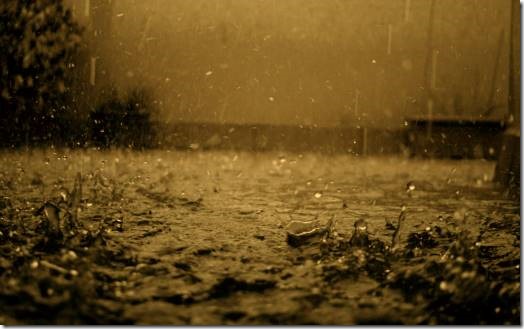 The Sun is at it again. I saw a small item in today’s paper copy reporting that it will be -15°C by the end of the week, and that it will stay like this until the end of March. Oddly, the front page of the online version’s UK news has a story about how plants are blooming a month early, since spring is on the way.
The Sun is at it again. I saw a small item in today’s paper copy reporting that it will be -15°C by the end of the week, and that it will stay like this until the end of March. Oddly, the front page of the online version’s UK news has a story about how plants are blooming a month early, since spring is on the way.
I’m not sure quite what it is they’re trying to get at, since this winter has not been uncharacteristically cold, mild, wet, or dry. It’s been a bit of all those things, just like British winters tend to be.
It’s worth noting that the Met Office isn’t forecasting anything like what The Sun is. Neither is Netweather.
And this is why I wanted in on the ground floor! All The Sun’s blather about snow over the last fortnight came to nothing. Even places which had any barely saw more than a centimetre (for Brexiters, that’s about three eighths of an inch). And as for it being colder than on the dark side of the moon until the end of March, today the temperature ranged from lows of around 7°C to highs of 10°C, and the forecast – the proper forecast from the Met Office and not some two-bit amateur outfit using seaweed and pine cones – is for temperatures as high as 12°C into the middle of next week.
Fair enough, we have had quite a bit of rain today which, after all, is only unfrozen snow, but still not quite the new Ice Age that The Sun was assuring us was underway.

